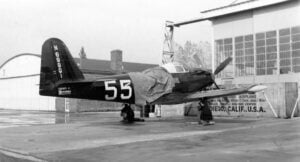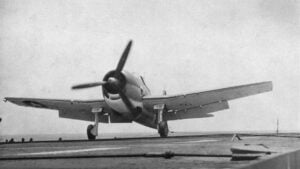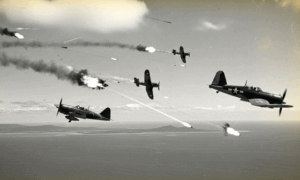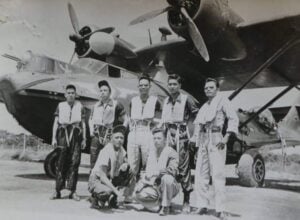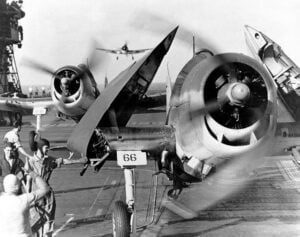Watch A German Dornier Do-17 Shot Down During the Battle of Britain Raised from the Seabed Successfully
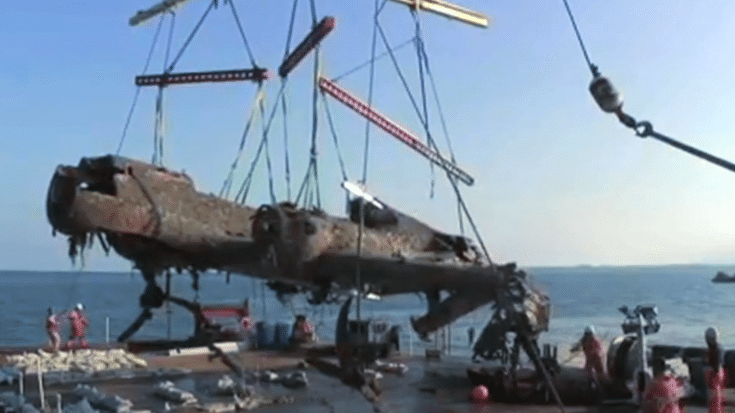
Wargaming Europe / YouTube
During the Battle of Britain, many aircraft were shot down and lost to the sea. One such plane, a German Dornier Do-17, lay underwater off the Kent coast for more than 70 years. Recently, it was successfully lifted from the seabed in an operation that faced numerous challenges but ultimately succeeded.
Raising the Dornier Do-17
The German Dornier Do-17 was shot down during the Battle of Britain, an intense period of World War II. The Dornier Do-17 bomber, often nicknamed the “flying pencil” due to its slender shape, was found lying in 50 feet (15 meters) of water on the Goodwin Sands. The Royal Air Force (RAF) Museum wanted to recover this piece of history, recognizing its importance as the only known intact example of its kind in the world.
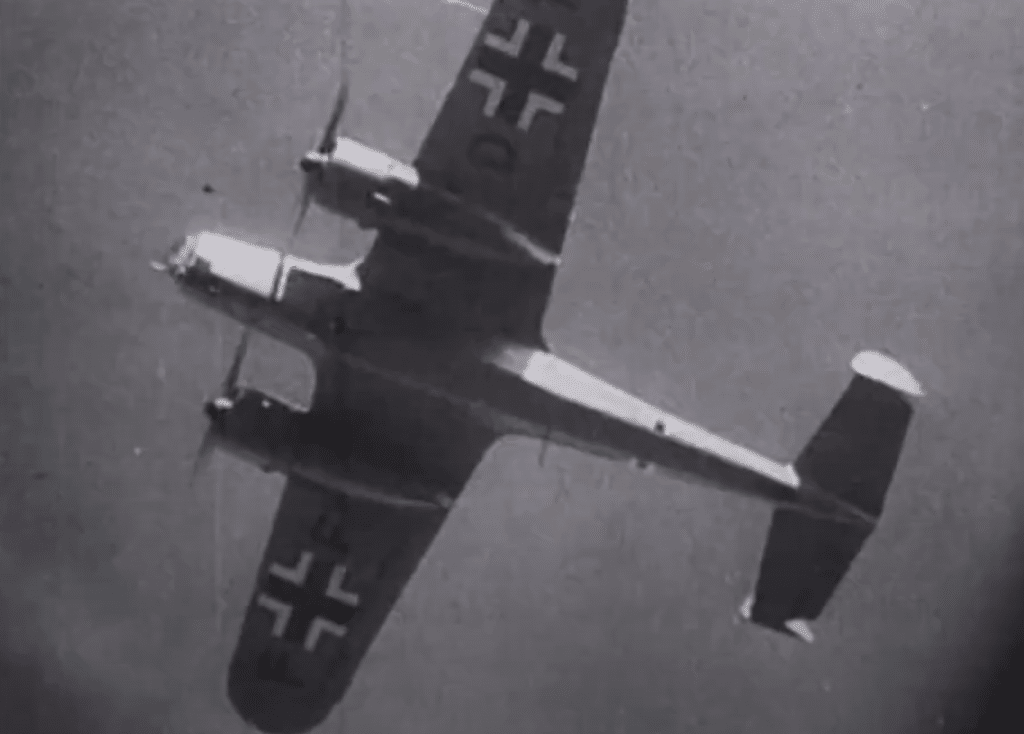
Planning and Execution
The effort to raise the aircraft began three years ago. The plan initially involved building an aluminum frame or cradle around the wreck to lift it. However, this plan was abandoned when it became evident that it would take too long and exceed the £600,000 budget allocated for the project. Instead, divers decided to attach lifting equipment directly to the strongest parts of the plane’s frame and raise it all in one single lift.
Over the course of several weeks, attempts to salvage the plane were delayed due to strong winds. However, conditions became ideal on a Monday evening, allowing the team to carry out the hour-long operation successfully.
Challenges Faced
Salvaging an aircraft from underwater isn’t straightforward. Various weather conditions, including strong winds and high tides, can disrupt operations. The project’s planners had to monitor weather forecasts meticulously to find the right moment for a safe lift. Divers faced the challenge of attaching lifting equipment underwater, which demands both technical skill and precise execution to avoid damaging the fragile aircraft.
Funding was another challenge. Tight budgets meant that the team had to find the most effective but least expensive methods. Lifting the aircraft in one go, rather than building a complex cradle, was not only practical but also cost-effective.
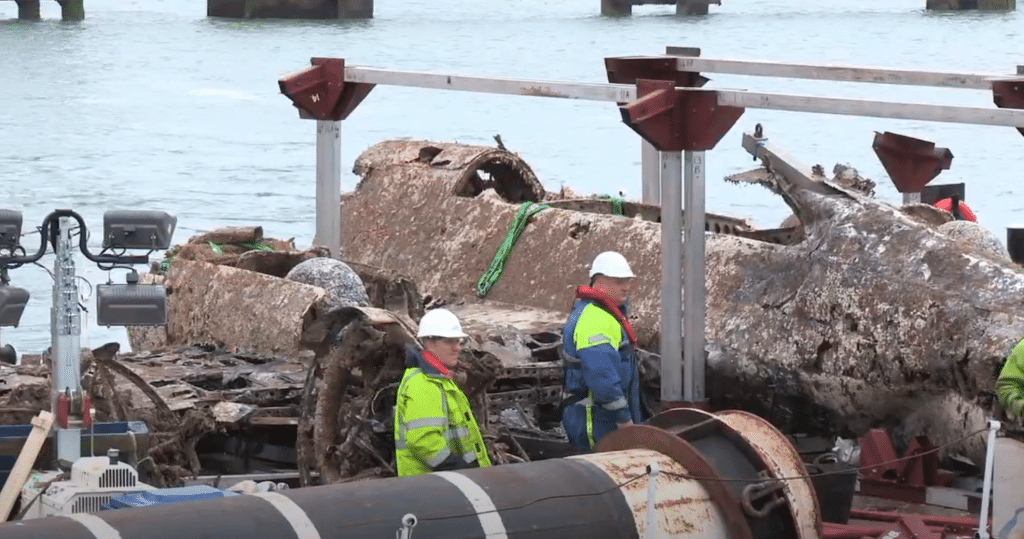
The Restoration Process
While raising the Dornier is a significant feat, it is just the beginning of a meticulous restoration process. The aircraft will undergo two years of restoration work at the RAF Museum in Cosford. This involves carefully cleaning and preserving the plane’s components. Experts will examine and repair it to ensure it remains intact for public display. Conservators will work to stabilize the metal to prevent further deterioration, ensuring that the Dornier Do-17 can be appreciated by future generations.
The restoration will also involve documenting the process, so that others can learn from their methods. Artifacts and items found in and around the plane will be carefully cataloged. These items offer a glimpse into the past, revealing more about the circumstances under which the aircraft operated and was shot down.
Watch the video below:














